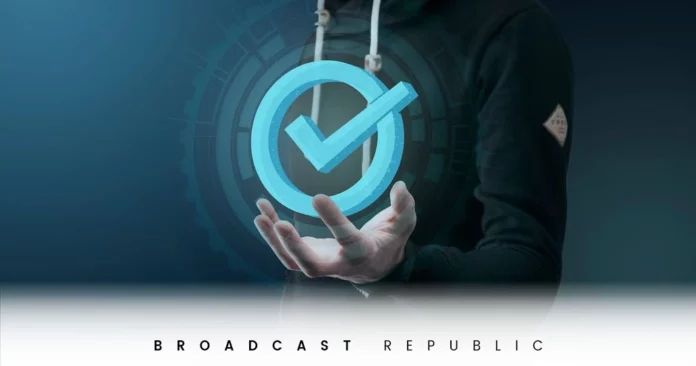While there are concerns about the sale of social platform verification and its potential impact on the perceived value of the blue tick, Meta is benefiting from this practice. The company is now expanding its Meta Verified subscription package to all regions, following its initial launch in February for Australian and New Zealand users.
Meta Verified Subscription Packages
The subscription package offers to pay users a verified blue tick on Facebook or Instagram, along with access to dedicated account support for quicker responses and other features. The monthly cost is $11.99, or $14.99 when purchased via mobile apps, taking into account app store fees.
Meta has received positive feedback from creators during initial tests and is gathering input to enhance the value for subscribers. The Meta Verified program will be gradually introduced to Latin American users, followed by a global launch in the coming months.
However, this expansion raises concerns as it dilutes the meaning of the blue tick, which is traditionally associated with trustworthiness and notability within social apps. Twitter was the first platform to sell social platform verification as a means to combat bots and spam. The idea behind it was that if the majority of users paid for verification, it would discourage bot operators since profiles without a verification tick would be identified as bots.
Also Read: Meta to introduce a New Social Platform similar to Twitter
Twitter Verification Approach
While the concept of verifying real humans makes sense, Twitter’s approach of using payment verification as a confirmation of identity falls short. Paying for a checkmark doesn’t confirm anything other than the user’s willingness to spend money. So far, the adoption rate for Twitter’s verification scheme has been low, with only around 0.3% of users signing up. This diminishes the intended value of identity confirmation.
Nevertheless, selling checkmarks provides an additional revenue stream for both Twitter and Meta, especially when both companies are facing economic challenges. Meta, in particular, is dealing with financial strain due to its investments in the metaverse. However, the broader consequence of selling ticks is a decline in trust in in-app symbols. This erosion of trust could have significant consequences beyond immediate revenue gains.
LinkedIn Verification Approach
The social platform verification approach of LinkedIn, on the other hand, seems more sensible. It involves ID confirmation through third-party providers. This ensures that users are real individuals with government-issued identification that can be linked to their identity. This approach doesn’t involve recurring fees and prioritizes users based on their identity rather than their financial capacity.
Conclusion:
Despite the concerns related to social platform verification, Meta is moving forward with its program. This initiative will result in an influx of paid blue ticks on Facebook and Instagram. This makes it challenging to differentiate between genuinely noteworthy accounts and those paying attention to each app.

